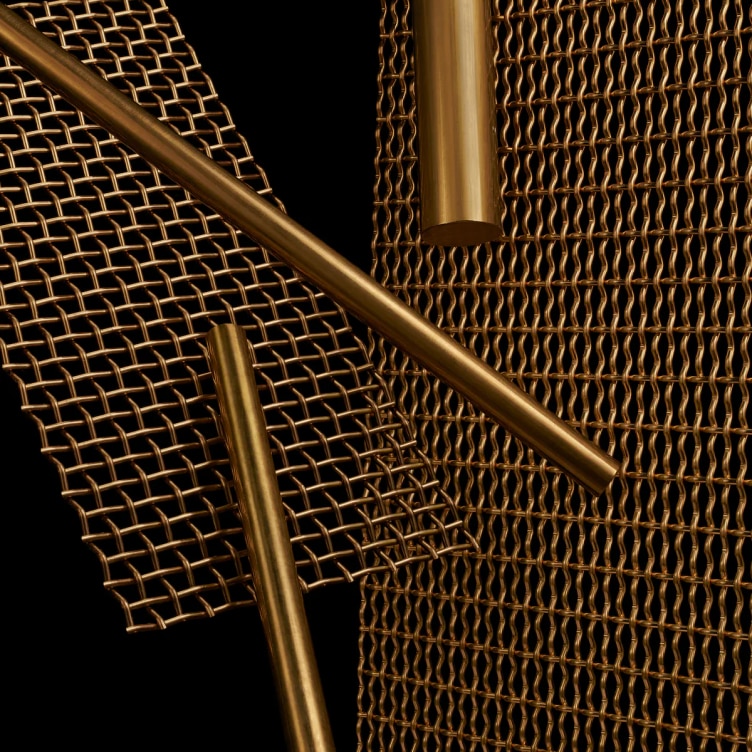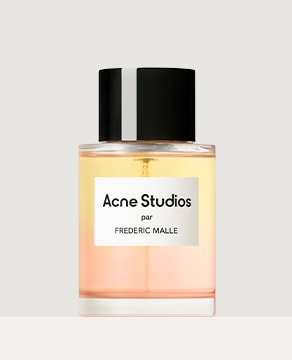Oud Perfume: A Guide to This Luxury Scent
There are many reasons why oud is regarded so highly in the perfume industry. Oud is considered to be ‘liquid gold’, not only because of its amber tone, but because it is a natural, expensive and luxurious type of perfume. To understand the global fascination with oud, it’s important to look at the origin and history. In this article, we help readers understand what an oud perfume is, where it comes from and how it is cultivated to make a beautiful fragrance. We also try to capture what oud smells like, explain the difference between oud and regular perfumes, and recommend some of our best perfumes which contain oud. A fair warning: once you learn the beauty of the oud scent, you may not be able to return to conventional fragrances.

What is oud?
Oud, also known as agarwood, is formed in the heartwood of the Aquilaria tree. This species of tree is native to Southeast Asia, such as Malaysia, Indonesia, Thailand, Vietnam and Cambodia, as well as some East Asian countries like China and Taiwan. Aquilaria trees can also be found in the Indian subcontinent, including India, Bangladesh and Sri Lanka, and parts of the Middle East. Oud has a rich history dating back centuries. Not only is it referenced in religious texts, it's also used in herbal medicine, and its prestigious status continues today across the perfume industry.
However, if you’re wondering what oud is, it is actually resinous wood. Trees produce resin as a defence mechanism against external stressors and to protect its core. If an Aquilaria tree has been injured or become infected, the outer layers of the tree will produce extensive amounts of resin. Resin is a thick and sticky substance that serves to seal wounds in order to isolate the area of damage, protect against the entry of pathogens and prevent the spread of disease. This forms resinous wood, which is what oud is, and we look at how oud oil is cultivated from resinous wood here.


What does oud smell like?
Oud perfume is so unique and captivating, that once you’ve smelt it, it’ll likely form a core memory in your mind. As expected, oud is in the woody fragrance family, and offers earthy notes likened to damp soil or dry hay. It's also considered to be an animalic aroma that is deeply - and quite literally - rooted in nature. However, the scent of oud can differ, further contributing to its complexity. Oud may smell sweeter, spicier or smokier, depending on the species and location of the Aquilaria tree, as well as how the oud oil is induced, harvested, extracted, refined and blended.
When mixed with other scents, oud perfumes can create a magnificently unique aroma. At Editions de Parfums Frederic Malle, we love blending oud with floral notes, especially rose - hence the careful formulation of our Desert Gems. ‘Heart’-core fans (excuse the pun) of oud believe that what oud smells like will be different on each person’s skin, depending on their body chemistry.
It’s safe to say, however, the oud scent is rich and complex. If you look at our Olfactive Map, oud would place at the bottom of the pyramid, between ‘warm’, ‘deep’ and ‘dark.’ If you want to understand what an oud perfume is in three words, it is mysterious, sensual and intriguing, all at the same time. Not only does it last on your skin - but it leaves a lasting impression of confidence and culture on anyone you walk past.


Hope by Dominique Ropion

Promise by Dominique Ropion
How is oud perfume made?
As we’ve discussed, oud is also known as agarwood - in fact, in Arabic ‘oud’ translates to ‘wood.’ If an Aquilaria tree is infected with the fungus Phialophora parasitica, the tree will produce resin to protect its core, otherwise known as heartwood, which alters the core from a light colour to a dark amber. The heartwood is then harvested, and this is where oud oil is extracted from. It’s important to Editions de Parfums Frederic Malle that this process is done sustainably. The resinous wood is then carved out into wood chips, from which the oud oil needs to be extracted - and there are different methods to do this. Steam distillation is when steam is passed through the resinous wood to capture aromatic compounds, and this steam is then condensed to obtain oud oil. You can also use solvent to dissolve the aromatic compounds, which will leave behind oud oil once the solvent has evaporated.
It doesn’t stop there. Like all finer things in life, oud benefits from the ageing process. Once oud oil has been extracted, it is left to mature in order to intensify its aroma and enhance its quality. It’s important that oud oil is stored in a cool and dark environment, so that it can mature slowly over the course of months or years, depending on the desired result.
With the rarity of Aquilaria trees, and the intrinsic production of oud, it’s no wonder that oud costs as much as it does. But the oud scent remains a pleasant surprise, every time.

The Night by Dominique Ropion

The Moon by Julien Rasquinet

Dawn by Carlos Benaïm
Is oud a rare scent?
Oud is derived from the resinous heartwood of the Aquilaria tree, which requires certain circumstances to even form in the first place. There is also a limited number of Aquilaria trees in the world, contributing to the rarity of oud perfumes. And its exclusivity deepens with the fact that oud perfumes are crafted in limited quantities.
Oud has long held the status of luxury and prestige, and has been used in Asia and the Middle East for centuries. Its intense aroma contributes to its association with opulence and solidifies its status in high-end perfumery. An oud perfume is a timeless and statement piece for the most sophisticated of modern society.
Which perfumes contain oud?
Here at Editions de Parfums Frederic Malle, we have the Desert Gems collection as our personal ode to oud, crafted by French perfumers. Promise by Dominique Ropion combines oud with rose, with top notes of apple and pink pepper and base notes of patchouli, cypriol and labdanum to create a fascinating scent. The Moon by Julien Rasquinet is similar in its blend of oud and rose, but includes notes of frankincense and red berries to reflect shisha nights in the desert sands. And our ultimate oud perfume, The Night by Dominique Ropion, goes further with the addition of saffron, frankincense and sandalwood, to create a concoction that truly captures the scent of the Middle East.
Desert Gems Collection
Types of Perfume: FAQ:
Why is oud so popular?
Oud is so popular due to its affiliation with the Middle East, a region known for luxury and grandeur. With oud now easily accessible in the West, more customers are leaning into what oud smells like, clinging to the promise of a scent that is guaranteed to last the day - and seizing the opportunity to leave a lasting impression passerbyers.
Which type of oud is best?
The best type of oud depends on your personal preference, since there are various types available. Wild oud offers a much more deep and complex scent, while other perfumes blend oud with other notes to create a lighter and softer scent. Of course, high-quality oud that has been matured for years will provide a more impressive aroma.
Is sandalwood similar to oud?
Sandalwood and oud are similar in the sense that they both provide a high-quality aroma, however while oud comes from the Aquilaria tree, sandalwood is derived from Santalum tree. Both have a woody scent, but sandalwood is known to be softer and sweeter with its floral notes, while oud is known for its rich and dark aroma.
More Stories

Desert Gems, a tribute collection
A tribute collection to Middle Eastern perfumery by the world's greatest perfumers.

The Odyssey of a Perfumer:
Dominique Ropion
Frédéric Malle does not hide his passion for the 7th Art and knows how to transpose it to his profession as a perfume publisher. Maintaining close and ongoing working relationships with his creators, he speaks with precision about their way of composing perfumes.

7 masterpieces that have already made history
Focus on the success of 7 masterpieces considered by many as the "classics of tomorrow."




 (1).jpg)













